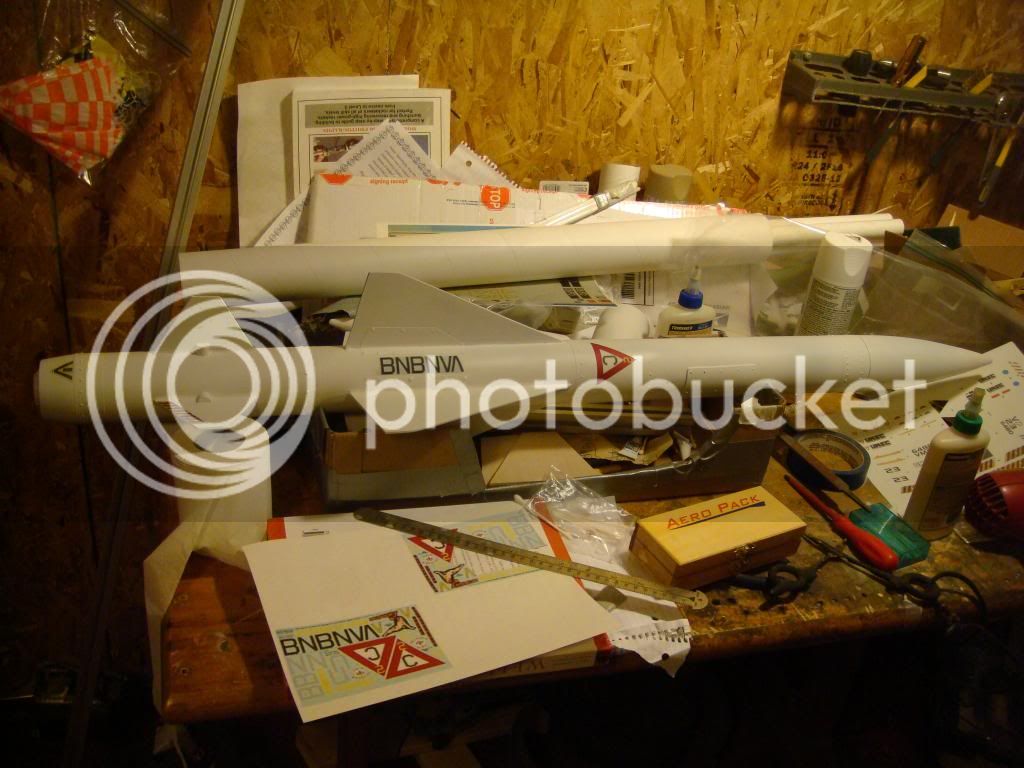Kirk G
Well-Known Member
- Joined
- Jan 9, 2012
- Messages
- 1,326
- Reaction score
- 1
I'm certain this topic has come up before, but please share your knowledge with a new rocketeer...
Many kits have a few decals to apply. Some are waterslide, some are self-stick, and some require rubbing or additional gluing. (Are there additional types?)
I would imagine that there are some that require you "clear coat" the paint surface BEFORE applying the decals.... and others that can take the "clear coat" over top of the decals... as the final step.
But the worst case would be to apply the decals, spray the clear coat overtop, and then discover that the decals are shrinking, curling or shriveling...and that you've just ruined your rocket's appearance!
Can anyone give us a thumbnail's rundown on the differences, or how you approach this? Is there a rule of thumb on how to (or NOT to) apply decals?
Thanks much!
Many kits have a few decals to apply. Some are waterslide, some are self-stick, and some require rubbing or additional gluing. (Are there additional types?)
I would imagine that there are some that require you "clear coat" the paint surface BEFORE applying the decals.... and others that can take the "clear coat" over top of the decals... as the final step.
But the worst case would be to apply the decals, spray the clear coat overtop, and then discover that the decals are shrinking, curling or shriveling...and that you've just ruined your rocket's appearance!
Can anyone give us a thumbnail's rundown on the differences, or how you approach this? Is there a rule of thumb on how to (or NOT to) apply decals?
Thanks much!










 :sad:
:sad: